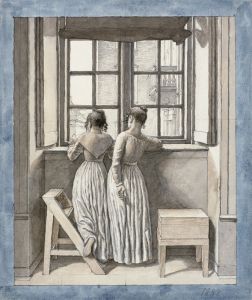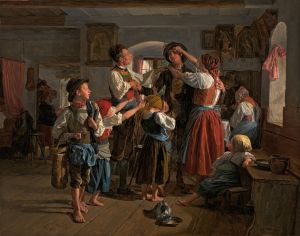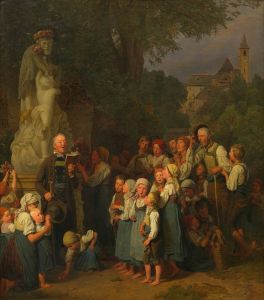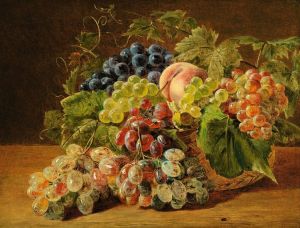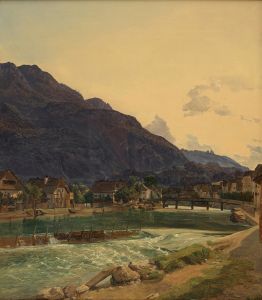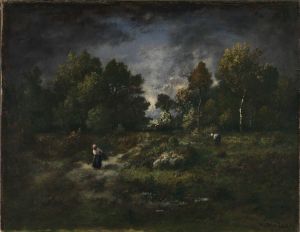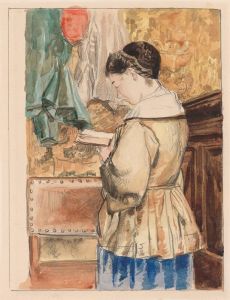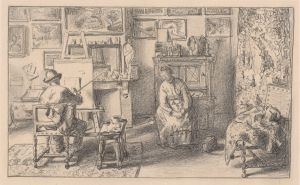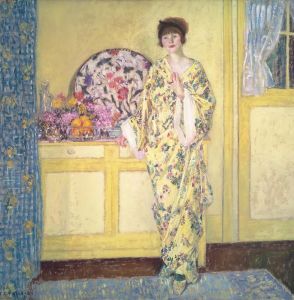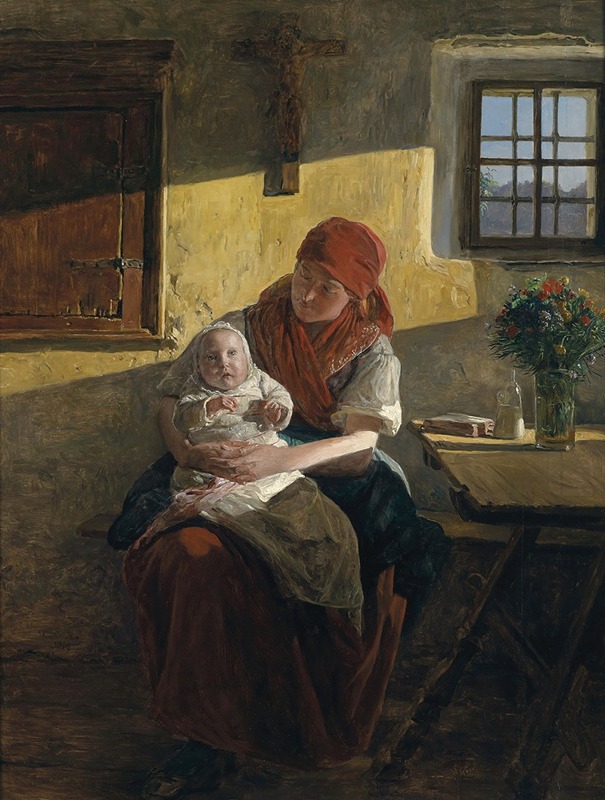
Sonntagruhe
A hand-painted replica of Ferdinand Georg Waldmüller’s masterpiece Sonntagruhe, meticulously crafted by professional artists to capture the true essence of the original. Each piece is created with museum-quality canvas and rare mineral pigments, carefully painted by experienced artists with delicate brushstrokes and rich, layered colors to perfectly recreate the texture of the original artwork. Unlike machine-printed reproductions, this hand-painted version brings the painting to life, infused with the artist’s emotions and skill in every stroke. Whether for personal collection or home decoration, it instantly elevates the artistic atmosphere of any space.
Ferdinand Georg Waldmüller (1793–1865) was an Austrian painter and one of the most prominent figures of the Biedermeier period. Known for his detailed and realistic depictions of landscapes, portraits, and genre scenes, Waldmüller’s works often reflect the social and cultural life of 19th-century Austria. Among his many paintings, Sonntagruhe (translated as "Sunday Rest") is a notable example of his ability to capture everyday life with precision and emotional depth.
Sonntagruhe portrays a tranquil domestic scene, typical of Waldmüller’s genre paintings. The artwork depicts a family gathered together in a modest interior, enjoying a moment of rest on a Sunday, a day traditionally reserved for relaxation and religious observance in Christian communities. The composition emphasizes the simplicity and harmony of family life, a theme that resonated strongly with the values of the Biedermeier period. Waldmüller’s attention to detail is evident in the textures of the furniture, the clothing of the figures, and the soft interplay of light and shadow, which lend the scene a sense of intimacy and realism.
The painting reflects Waldmüller’s mastery of light and his ability to create a warm, inviting atmosphere. The use of natural light streaming through a window highlights the central figures and underscores the peaceful mood of the scene. This focus on light and its effects is a hallmark of Waldmüller’s style, as he sought to depict the beauty of everyday moments with a sense of authenticity.
Waldmüller’s work, including Sonntagruhe, is often associated with the cultural and social ideals of the Biedermeier era, which emphasized domesticity, order, and a connection to nature. His paintings frequently celebrate the virtues of family life and the quiet joys of rural and small-town existence. While Sonntagruhe is not as widely known as some of his other works, it remains an excellent example of his skill in capturing the essence of 19th-century Austrian life.
Today, Waldmüller’s paintings are held in high regard for their artistic and historical significance. Many of his works, including Sonntagruhe, can be found in museums and private collections, particularly in Austria and Germany. His contributions to the development of realist painting and his influence on later artists ensure his place as a key figure in European art history.






